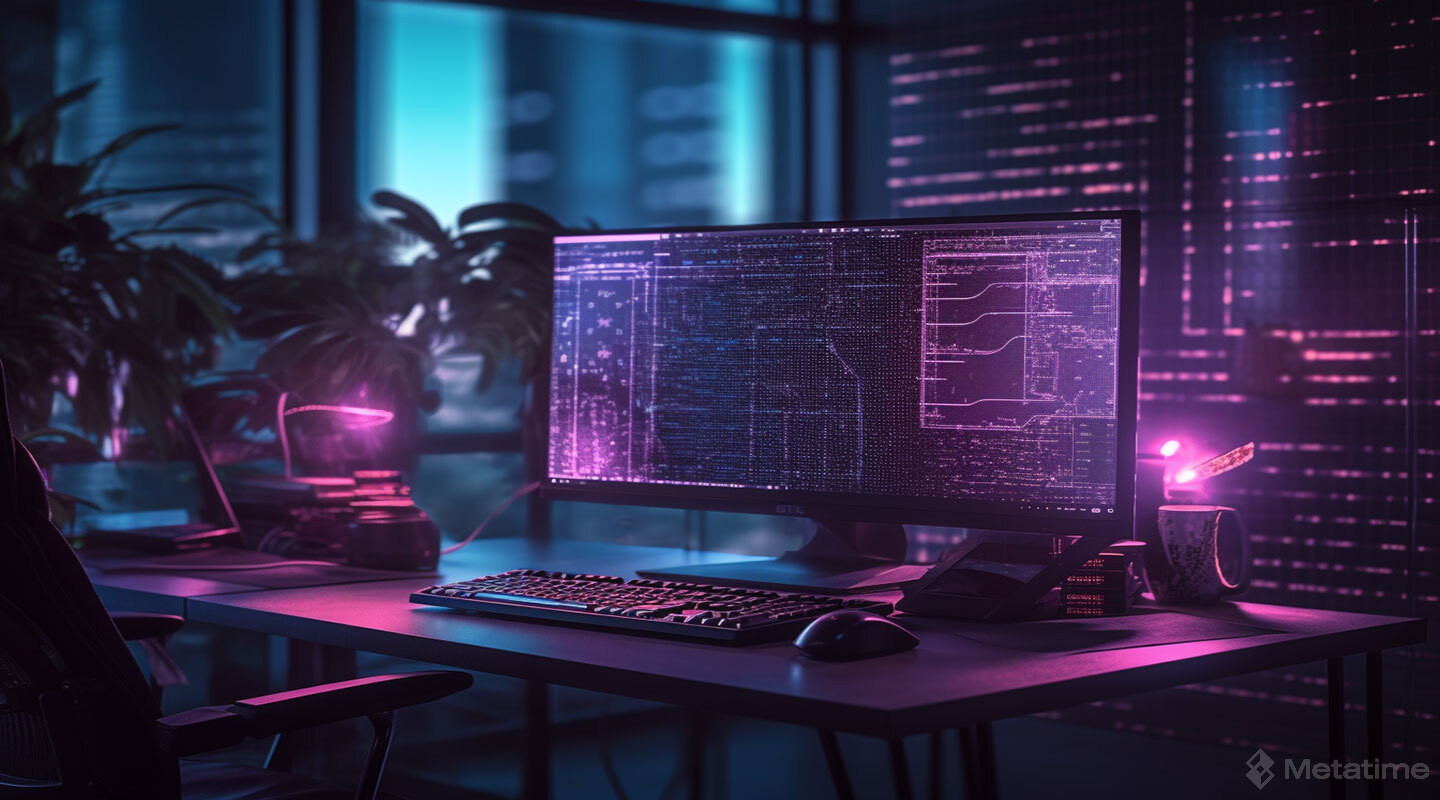GPL stands for "copyleft", meaning that the software is free and unlicensed. The GPL was created by Richard Stallman in the early 1980s. It allows for the free use, reading, copying, sharing, modifying, and distribution of a computer program or other types of work. Free software programs such as GNU Emacs, GNU Compiler Collection, and the Linux kernel are licensed under the GPL. The General Public License was initially written for the GNU project and was the first copyleft license approved for general use.
The concept of copyleft differs from copyright, as GPL allows for the sharing of similar works, but they must be distributed and used under the same license terms as the original work. In other words, under copyleft, similar works must be published under the same license, whereas under copyright, similar works can be published under different licenses.
However, this is not the case for all types of free software licenses. Free licenses fall into permitted license types. Copyleft and permitted licenses use different conditions for users to copy, modify, and distribute software. Copyleft licenses allow open-source software to remain open to user use while preventing others from profiting from the freely offered work. Users who use copyleft licenses are willing to control their work.
Permitted licenses allow for the publication of software in which the original developers are referenced or mentioned. Permitted licenses allow any user to copy, modify, and distribute the software under any license. The only condition for permitted licenses is that the original developers' names are mentioned in any newly created software.

History of the General Public License (GPL)
The General Public License (GPL) was created in the early 1980s by Richard Stallman as part of the GNU project to be used with the programs published at the time. The original GPL was dependent on merging derivative licenses used for the first versions of GNU Emacs (1985), GNU Debugger, and GNU C Compiler. These licenses contained provisions similar to the modern GPL, but were specific to each program, making the licenses incompatible despite being the same. Stallman's goal was to create a single license that could be used for any work, making it possible for many projects to share code.
The second version of the General Public License was released in 1991, and the third version was developed and released in 2007 to address concerns that had arisen.
What are the Versions of GNU GPL?
Three versions of the GNU GPL have been released:
- GPLv1
- GPLv2
- GPLv3
GPLv1
The first version, GPLv1, was released in 1989. It was based on merging the licenses of the first versions of GNU Emacs (1985), GNU Debugger, and GNU C Compiler. When these licenses were released, they resembled existing GPL licenses but were later made specific to each program and diverged from the existing GPL licenses. The goal of GPLv1 was to create, develop, and allow multiple projects to contribute to a license that could be used for any project.

GPLv2
The second version of the General Public License was released in 1991. Concerns arose among free software users about the GPLv2 license, which allowed some users to use GPL-licensed software in ways that were contrary to the license's purpose. These concerns included issues such as the inclusion of modified versions of GPL-licensed software on hardware that refused to run the software and incompatibility.
GPLv3
During the 15-year development process of the third version, GPL v3, advocates for free software were concerned about the GPLv2 license, which could allow anyone to hold ownership of GPL-licensed code and potentially misuse it in a way that was contrary to the licensor's goals.
To address all of these concerns, GPL v3 was released. This version, the next iteration of the GPL, and an open-source license were released in June 2007.







